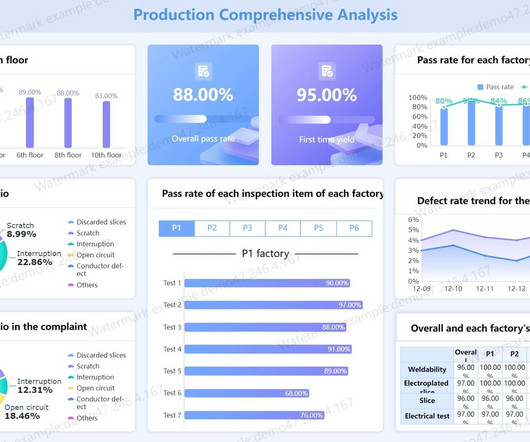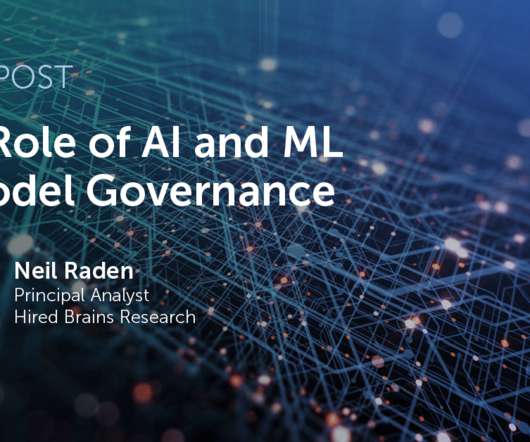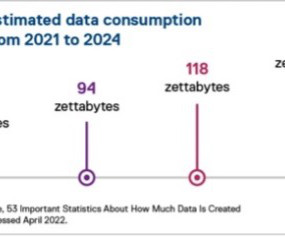What is a data scientist? A key data analytics role and a lucrative career
CIO Business Intelligence
MARCH 21, 2022
What is a data scientist? Data scientists are analytical data experts who use data science to discover insights from massive amounts of structured and unstructured data to help shape or meet specific business needs and goals. Semi-structured data falls between the two.



























Let's personalize your content